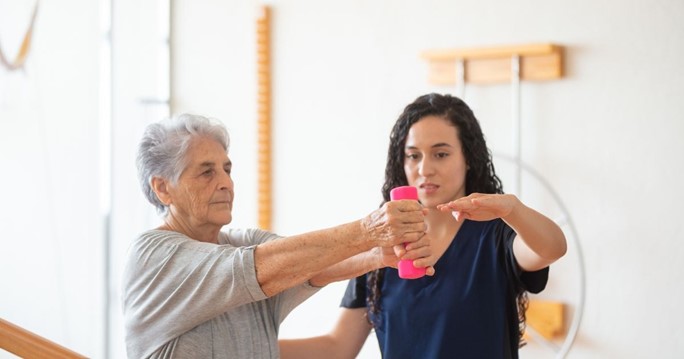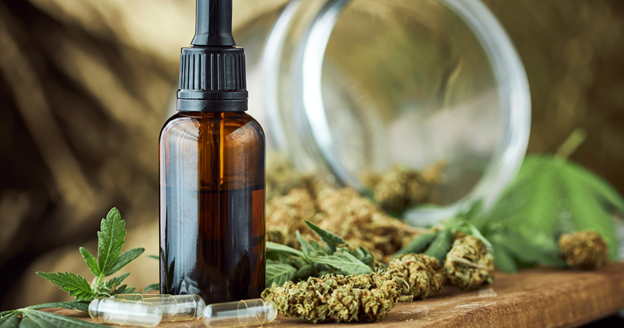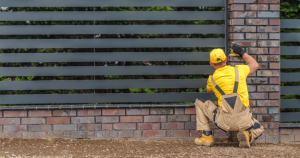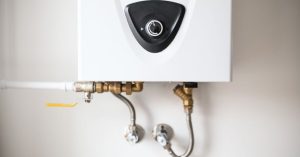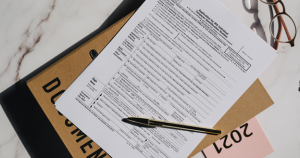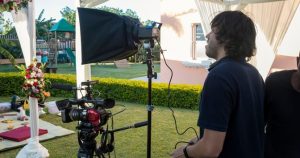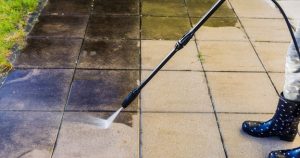Mini Stroke Physical Therapy: Essential Guide for Effective Recovery.
Discover essential techniques and strategies how mini stroke physical therapy helps recovery, improves mobility, and supports long-term health with effective rehab techniques.
A small clot of blood in the brain’s arteries can cause a mini stroke, also known as TIA.
Symptoms similar to a stroke and other warning signs are caused by this and typically resolve within 24 hours. The mini stroke recovery does not result in any lasting side effects.
While a minor stroke won’t lead to permanent impairment, it can be interpreted as a sign of an imminent complete stroke.
At Brain Rehab Physio Clinic, we are stroke specialists and physical therapy experts who recognize the importance of cerebrovascular disease, including stroke.
Our services help patients regain confidence and their overall well-being.
We are a Thailand-based company that helps in treating disease and making sure our patients are satisfied with our care.
Let’s examine the symptoms and reasons behind transient ischemic attacks and also about mini stroke physical therapy.
Signs and Symptoms.
Stroke symptoms may happen suddenly. Symptoms can differ from person to person. Symptoms may include:
- A sudden loss of sensation in the face, arm, or leg, particularly on one side.
- Uncertainty regarding your current location and activities.
- Trouble understanding or speaking to people.
- Trouble with vision in either eye or both eyes.
- Impaired balance, dizziness, or difficulty walking.
- The occurrence of an unexpected severe headache is clear.
- Non-infectious or nonviral symptoms arising from sudden diarrhea or vomiting.
- Unexpected death, loss of consciousness or movement with no identifiable trigger.

The symptoms are the same for both mini and full strokes. By utilizing the abbreviation F.A.S.T:
- Face: Augmentation on one side of the face and limbs.
- Arm: Arm weakness.
- Speech: Unable to decipher speech or find words easily?
- Time: seek emergency treatment immediately.
Additional typical indications comprise blurred vision and a sudden bout of intense headache. The consequences of a minor stroke can last for 15 minutes and up to 24 hours.
The similarity in symptoms between mini strokes and severe strokes is so great that it’s impossible to differentiate whether the stroke was a transient ischemic attack or progressively more serious.
It’s essential to receive treatment as soon as possible. Hence, go directly to the emergency department.
Occasionally, TPA or similar drugs can reverse the effects of stroke with early treatment if given to you in less than half an hour after symptoms subside.
In what ways can a physical therapist assist me?
The stroke rehabilitation team comprises physical therapists. Physical therapy starts soon after a stroke, typically during hospitalization.
Achieving effective stroke treatment requires evaluation. You will have a comprehensive evaluation from your physical therapist, which includes:
- Taking a health history.
- Discuss your symptoms.
- Identifying risk factors for the condition.
- Examining lab tests and X-rays or other visual evidence.
- Watching how you move, stand, walk and do other things.
- Conducting a hands-on physical assessment.
After an examination, your physical therapist will design a treatment plan that is tailored to meet your specific needs, challenges, and goals.
Their commitment is to assist you in attaining the best possible quality of life. The main point of your treatment will be:
- Improving your ability to move.
- Managing any discomfort you may be experiencing.
- Advice on how to prevent complications caused by a stroke.
Later, your physical therapist will:
- Enhance your ability to walk and maintain outstanding balance.
- Give you a brace or wheelchair.
- Give instructions to your loved ones and caregivers.
Instruct you how to use devices that can aid in staying mobile when experiencing difficulty with mobility, walking, or balance after a stroke.

Process of Stroke Rehabilitation
Several methods exist to aid people in their recovery from stroke. Stroke rehabilitation involves specific and repetitive actions.
This requires repetition of the same action. The type of body or ability affected by your stroke will dictate the rehabilitation plan you undertake.
Physical activities might include:
- Motor-skill exercises.
Building muscle strength and coordination can be achieved through exercises performed on the whole body. The muscles responsible for balance, walking, and swallowing can be included.
- Mobility training.
Using mobility aids like a walker, cane, wheelchair, or ankle brace could lead to self-education. The ankle brace can help stabilize and strengthen your ankle to support your body while you learn to walk.
- Constraint-induced therapy.
The affected limb is held in place while you move it for practice, to improve its function. This type of therapy is occasionally called forced-use therapy.
- Range-of-motion therapy.
Certain exercises and treatments can help ease spasticity, a muscle strain that can cause loss of range of motion.
Technology-assisted physical activities might include:
- Functional electrical stimulation.
This causes the muscles to contract and receive electrical stimulation. Your muscles may be rewired by the electrical stimulus.
- Robotic technology.
Repetitive motion can be executed by robots to assist limbs that are impaired. The limbs can be restored and made functional again with this.
- Wireless technology.
Exercise on a monitor can help you boost your post-stroke recovery and improve your overall health.
- Virtual reality.
Besides video games, computer-based treatments involve a virtual reality environment.
Cognitive and emotional activities may involve:
- Therapy for cognitive symptoms.
Loss of cognitive abilities can be remedied with occupational and speech therapy. Memory, processing, problem-solving/social skills, judgment, and safety awareness are some abilities that may be present.
- Therapy to help with communication.
You can recover your lost skills in speaking, listening, writing and comprehension with speech therapy.
- Psychological evaluation and treatment.
Your emotional stability may be put to the test. It’s possible to receive counseling or join a support group.
- Medicine.
A medication that can cause alertness, agitation, or movement may be suggested by your doctor.
The therapies that are still being examined include:
- Noninvasive brain stimulation.
Research has shown some success in using techniques like transcranial magnetic stimulation to improve a range of motor skills.
Medical research is exploring biological therapies, such as stem cells, but they should be used solely in a clinical trial.
- Alternative medicine.
Massage, herbal medicine and acupuncture are among the treatments being evaluated.
Mini Stroke Recovery
Full recovery from mini strokes is possible. Mini strokes are not life-threatening, but they show the likelihood of a more severe stroke in the future.
As a result, patients with TIA should address any potential stroke risk factors as soon as possible.
By making these crucial adjustments, you can increase your probability of avoiding a full stroke entirely.
A healthy diet, regular exercise, and stress management can help reduce the risk of a major stroke.
Ongoing medical supervision, including regular checks of blood pressure, and follow-up care are essential for monitoring progress and preventing complications.
Stroke Recovery Process
The stroke recovery process involves a combination of medical treatment, further therapy, and lifestyle changes.
A rehabilitation plan recommended by a healthcare professional can help patients navigate the recovery process.
Conclusion
The core services offered at Brain Rehab Physio Clinic include stroke and neurological rehabilitation, pain management programs, post-surgery recovery and sports, therapeutic techniques and equipment, and holistic and patient-centered care.
We have over 10 years of experience, ensuring high-quality and safe treatment for every patient.
We are here to help you in any way we can.
